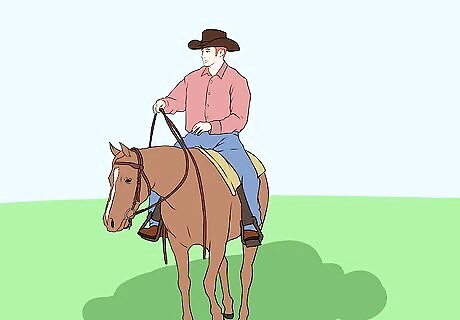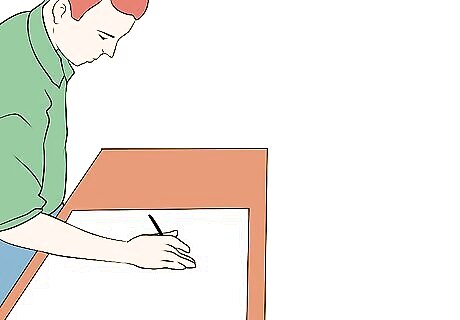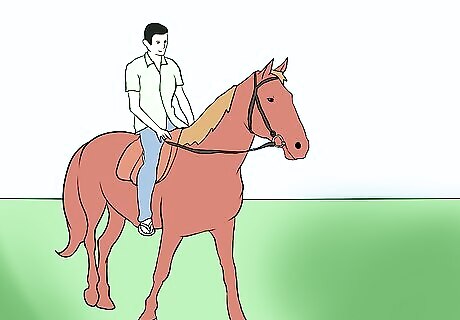
views
Planning It Out

Think about whether or not you're ready to share a horse/pony. Although sharing is not nearly as large a commitment as owning, it is a step up from just turning up at a riding school and having a lesson. You'll be expected to be able to muck out, groom, tack up, untack, feed and ride all by yourself. This also includes dealing with any problems that arise! Usually there won't be the owner there to help you, so it's very important you know exactly what you're doing.

Think about what kind of horse or pony would be right for you. At most riding schools, you'll ride a different school pony every time, and naturally you'll have a favourite. What is it about this horse that you like? Think about the qualities in a horse that would make the experience of sharing the most fun for you. If you're tall, would you need a taller horse for example? Do you like jumping? Maybe a horse that's good at what you like to do would be best for you.

Be prepared to make a financial contribution. Nearly always, you'll pay something ranging from £10 - £20 per day to share the horse. While this may seem like you're paying to do someone's work, you're actually riding as well, and at a riding school this would cost you much much more!
Finding Your Share Horse

Websites such as equine adverts and horsemart have a huge amount of equine classifieds full of people searching for sharers for their horses. You can narrow down the search to places in your area, horses of the right size, etc. Once you find a horse that seems to fit your criteria, go ahead and message the owner, introducing yourself and your ability.

Social networking is also a great way to find a horse or pony. There are now groups on Facebook for all equestrians in a certain area, such as "Yorkshire Horse Riders" for example. You can join these groups and advertise yourself to any possible owners in need of a sharer.

Is there a yard in your area that would seem a good distance for you to travel to a couple times a week? Make a poster again advertising yourself, and ask to stick it up on a noticeboard there.

Be patient and polite, yet persistent. If you've made a good poster and presented yourself and all your skills well, many owners should contact you. Now it's time to make the polite rejection to those who have horses that don't appeal to you, or are too far away. It's also time to get excited if a horse sounds just perfect! Always be polite and patient with an owner you are speaking to, you want to come across as somebody who will be flexible and look after their horse in a way they'll like. However, if somebody has a horse you really like the sound of and seems to fade out the picture, definitely pursue them but not to the point where you become a nuisance.

Arrange a trial date. Suggest to the owner that you come and try their horse one day. This will be a day when you go up to the stable, have a look around and ride their horse. It gives you the opportunity to have a taste of what spending a lot of time with this horse at this yard would be like. Owners are 9 times out of 10 completely fine with this.
Making an Agreement

Be clear on all the scenarios that could arise. It's better to hash this out in the beginning than to discover you had different assumptions down the line. If you're going on vacation for a week and can't look after the horse at that time, how much notice will the other person need in advance? How will you make sure that you don't both show up to ride at the same time? What are the standards for caring for the horse?

Put it in writing. Both parties involved should sign it. Give a copy to the other party, and keep a copy for yourself.

















Comments
0 comment